Chelsea’s recent form has been far from convincing. But they are still grinding out results: a narrow 1-0 win over Leicester, back-to-back 1-1 draws with Manchester United and Twente, and now another unremarkable 1-0 victory over Tottenham Hotspur on Sunday.
Though unbeaten in the Women’s Super League (WSL) under manager Sonia Bompastor and dominant in London derbies (with 33 wins in their last 39 games), Chelsea’s recent performances have lacked fluidity, cutting edge and cohesion in the final third.
Against Spurs, it took 23 shots to finally break the deadlock, courtesy of a moment of brilliance from midfielder Keira Walsh, who smashed a low shot into the net from 25 yards. But just four of their 27 total attempts were on target, suggesting a familiar problem of high volume and low efficiency.
Too often, Chelsea squandered clear-cut chances and with each miss, frustration grew, fueling a cycle that only intensified as the match wore on. They also continue to struggle from set pieces and won 16 corners against Spurs (13 in the first half) without generating a meaningful threat from one.
Statistically, Chelsea generally dominate territory. On Sunday, they had 66% possession and their 67 touches in Tottenham’s box marked a season high, complemented by 152 successful passes into the final third. Yet the conversion rate simply doesn’t reflect the control they strive for.
Their attacking frustrations have been compounded by consistent squad rotation, as the starting XI has changed for every game so far and they lack of a focal point in attack. Striker Sam Kerr has returned to the squad but is yet to start a game after 22 months out with a torn ACL, while Mayra Ramírez remains sidelined with injury until the new year. As a result, and despite Aggie Beever-Jones contributing four goals in six appearances, Chelsea often look blunt in central areas.
Yet they are doing what champions do and are still finding ways to win. Last season, 10 of their 19 victories came by single-goal margins en route to a record points total in the WSL. So does it matter if they’re not clinical, as long as they keep winning? Sooner or later, an opponent will get it right, but for now they are hanging on.

As for Spurs, despite leaving the match without a point, they demonstrated clear tactical and structural improvements under new boss Martin Ho, particularly in their defensive organization.
With four wins in six, one less than they had all last season, the club are on an upward trajectory and, having finished their last campaign in 11th, are basing their success on a more resilient defense. Last campaign, Spurs had the second-worst defensive record last year (conceded 44), but now, six games in, they sit fourth in the table with a neutral goal difference, firmly in the top half.
Against Chelsea, Spurs were resolute at the back, registering 30 tackles and 44 clearances — numbers that reflect their commitment to keeping a compact structure and making effective last-ditch interventions. Chelsea created four big chances in total, but Spurs’ discipline and shape limited their quality, preventing those opportunities from becoming goals.
Netherlands goalkeeper Lize Kop was particularly instrumental, producing several high-quality saves that kept the scoreline respectable. Her performance, alongside an impressive collective defensive effort, reflects a team trending in the right direction.
However, Tottenham’s improvements remain largely confined to their defensive half. They struggled to make an impact at the other end and, with just two shots on target and a single big chance created, their presence in the final third was minimal. Chelsea, despite being far from their best, were rarely tested, and Spurs’ attacks lacked the sharpness needed to trouble goalkeeper Hannah Hampton.
While their passing accuracy has improved, much of it was lateral or backwards — a sign of caution in their build-up play. This limited their ability to generate momentum or apply sustained pressure. There were glimpses of intent in pressing sequences, but without much progression or direct attacking play, most moves fizzled out before becoming dangerous.
Ultimately, the gap between the two sides lies less in structure and more in execution. Chelsea, even when underwhelming, have mastered the art of grinding out results and capitalizing on big moments. Spurs, by contrast, are still learning how to convert organization into end product.
Restricting Chelsea to minimal chances is a significant feat for a team still adjusting to Ho and his tactics, but had their attacking play matched their defensive effort, they could have taken a point or more. Adding the mentality, ruthlessness and end-product that define title contenders is the next step in Spurs’ evolution.

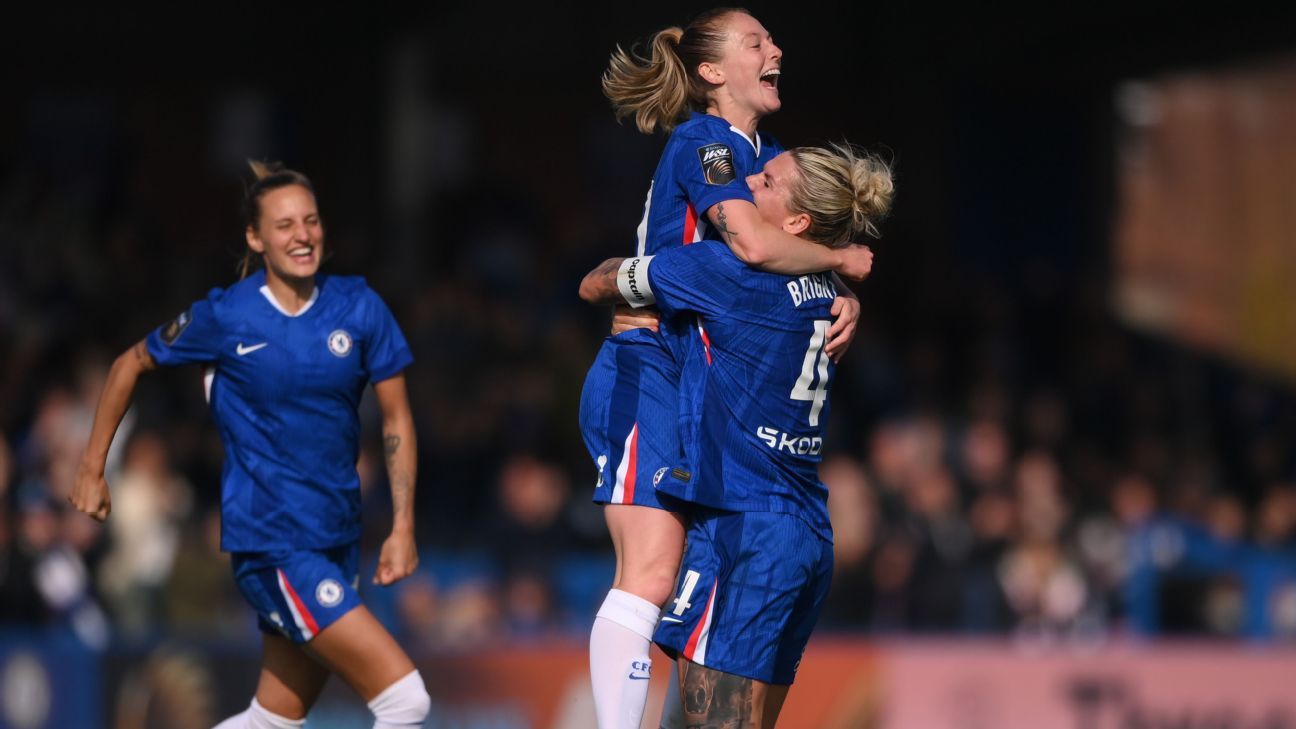
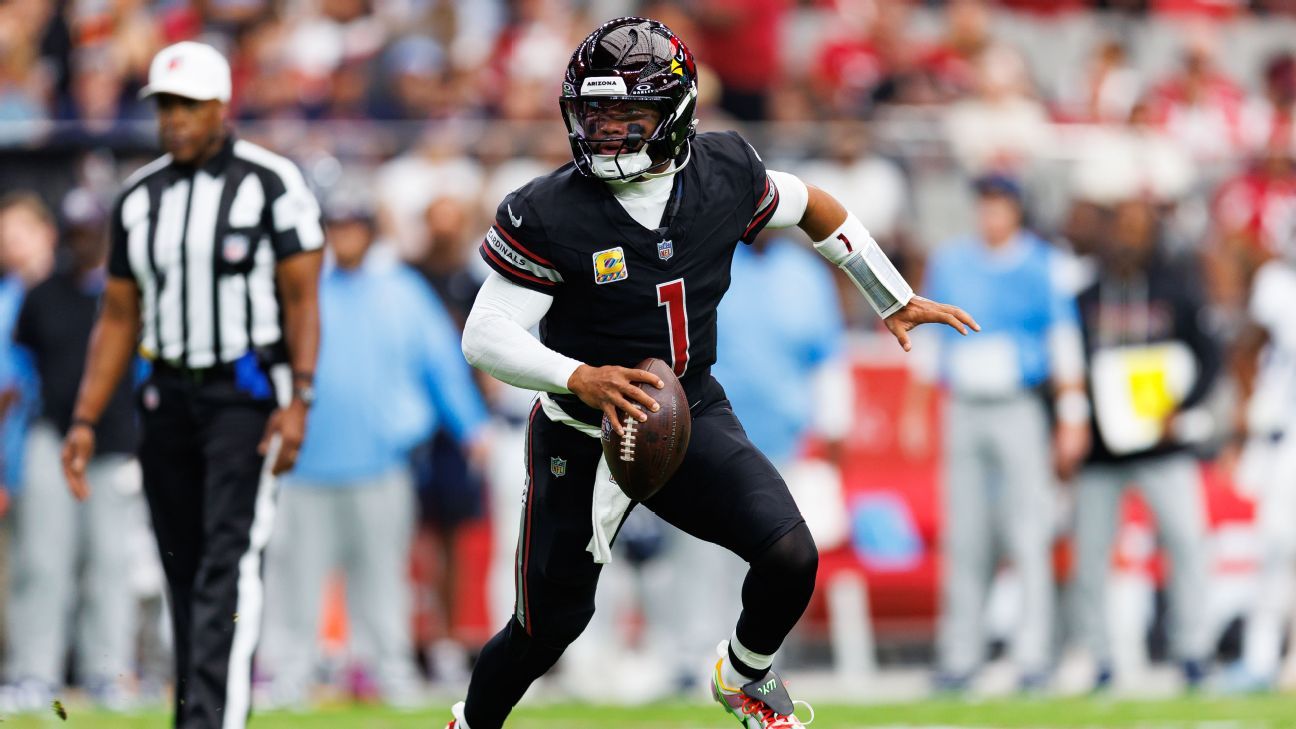
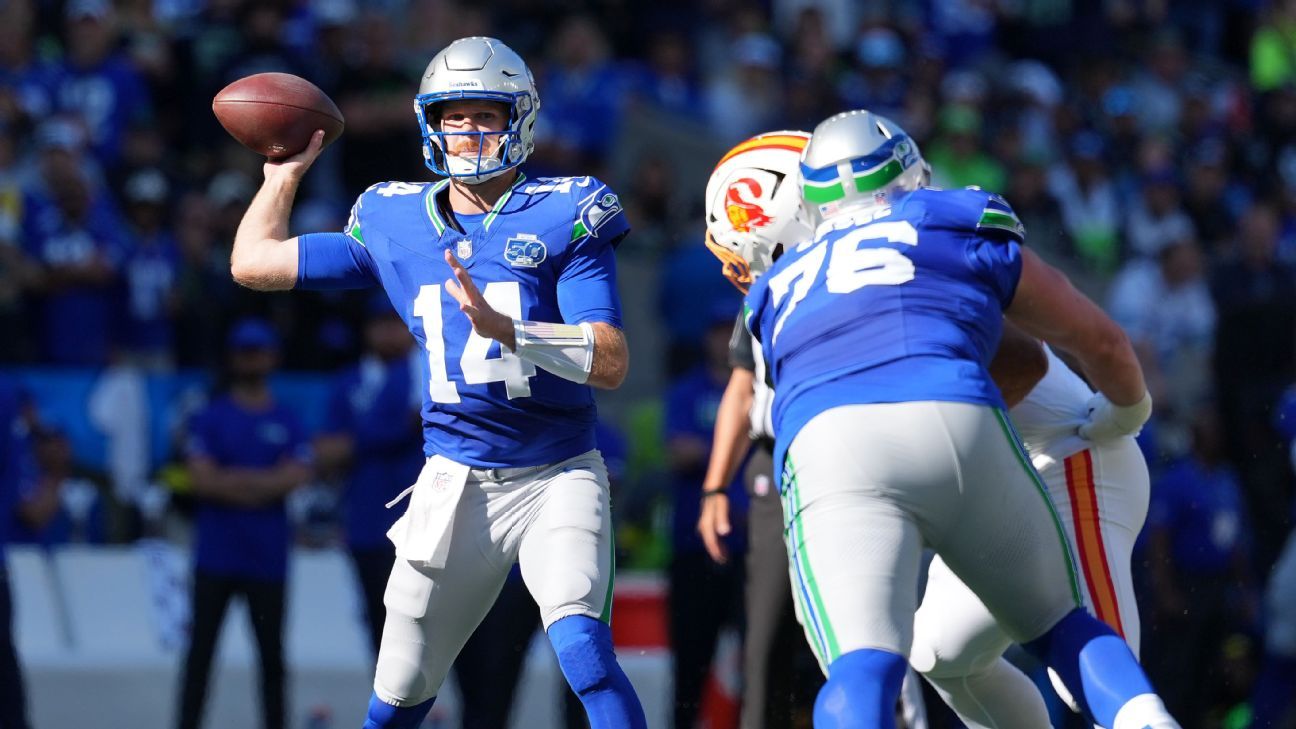

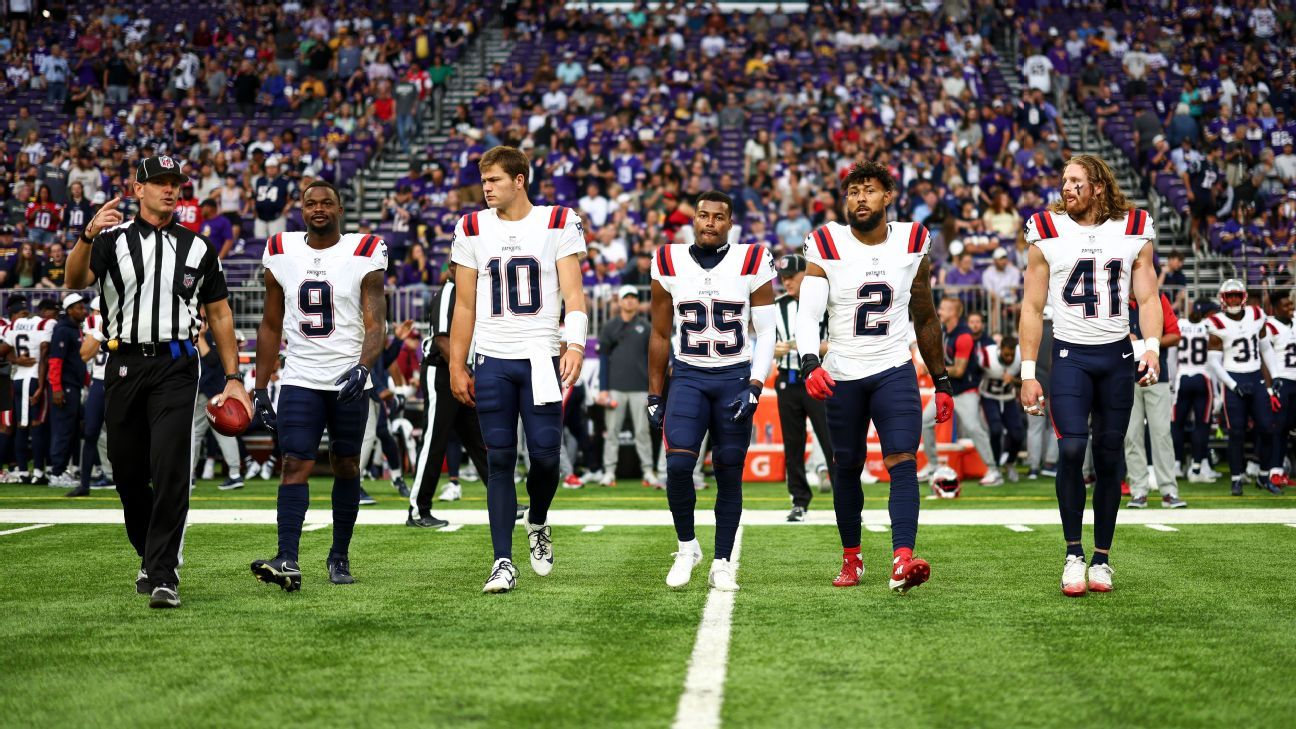



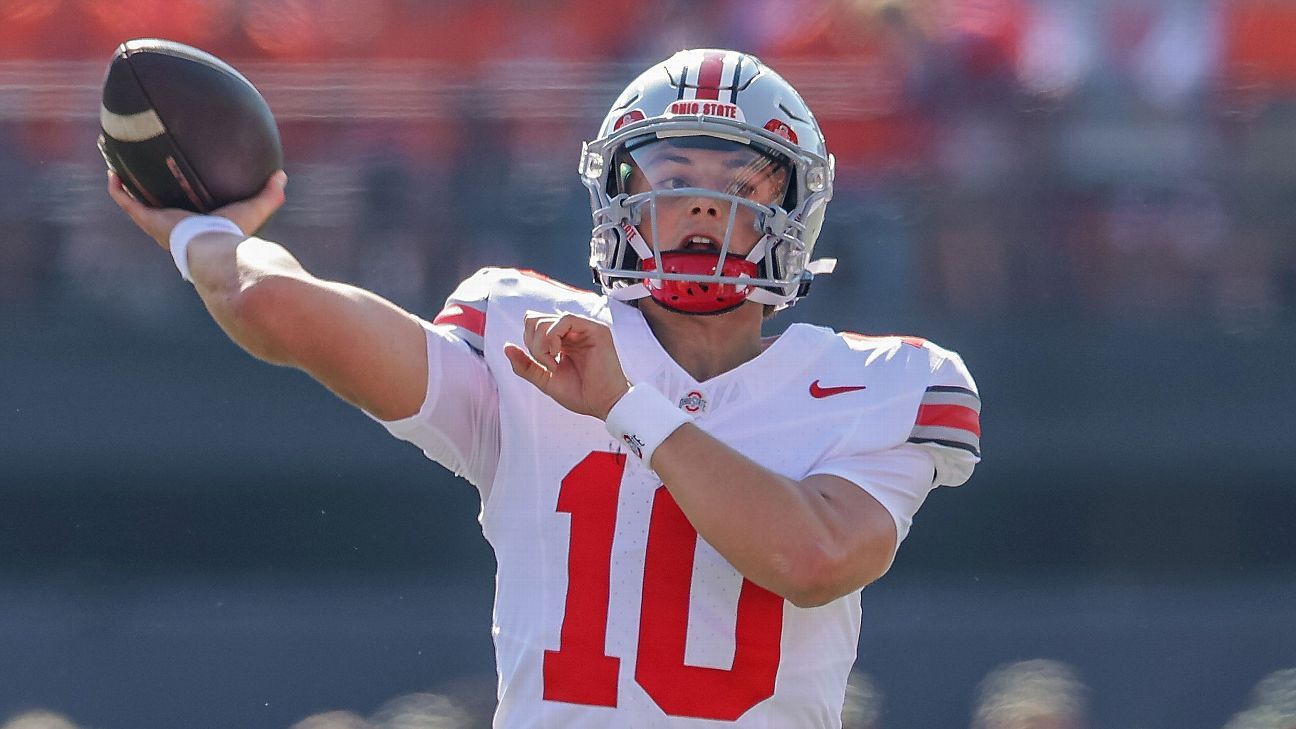
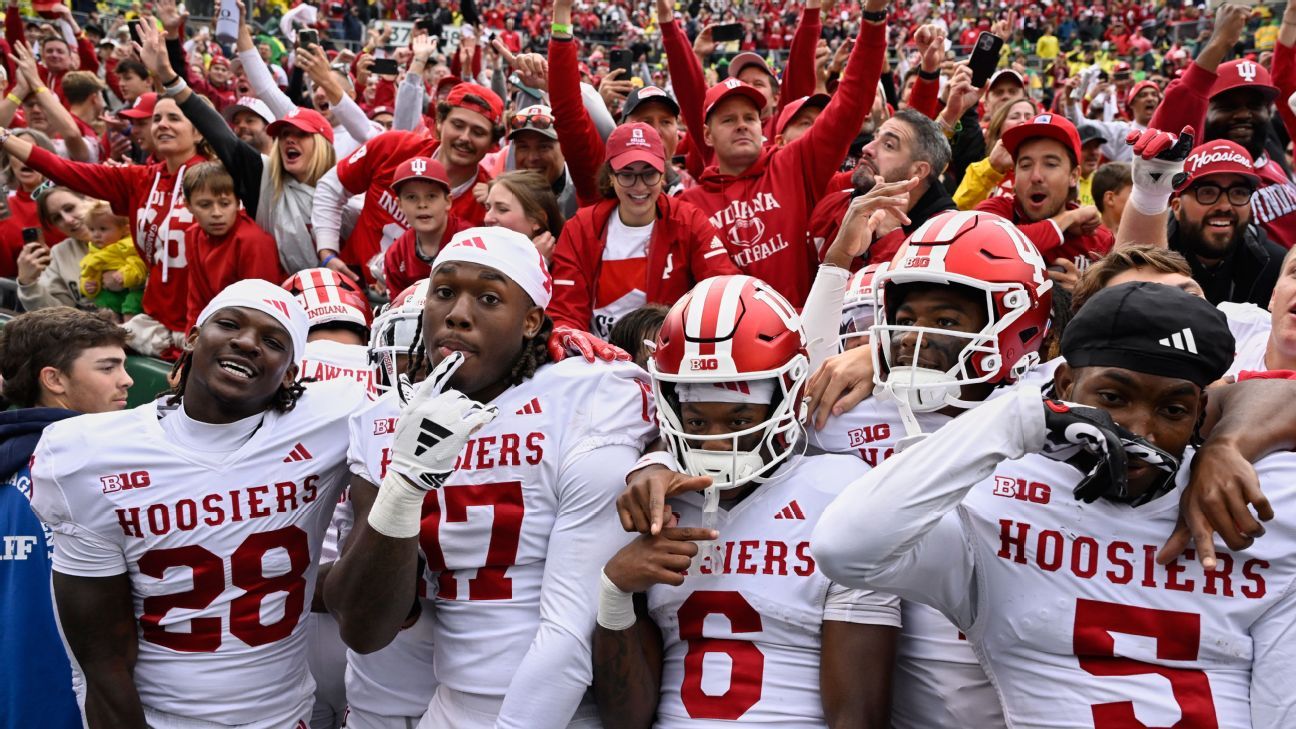



Leave a Reply